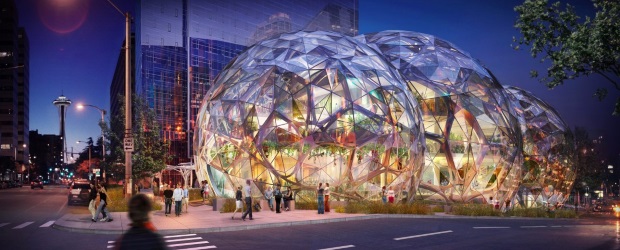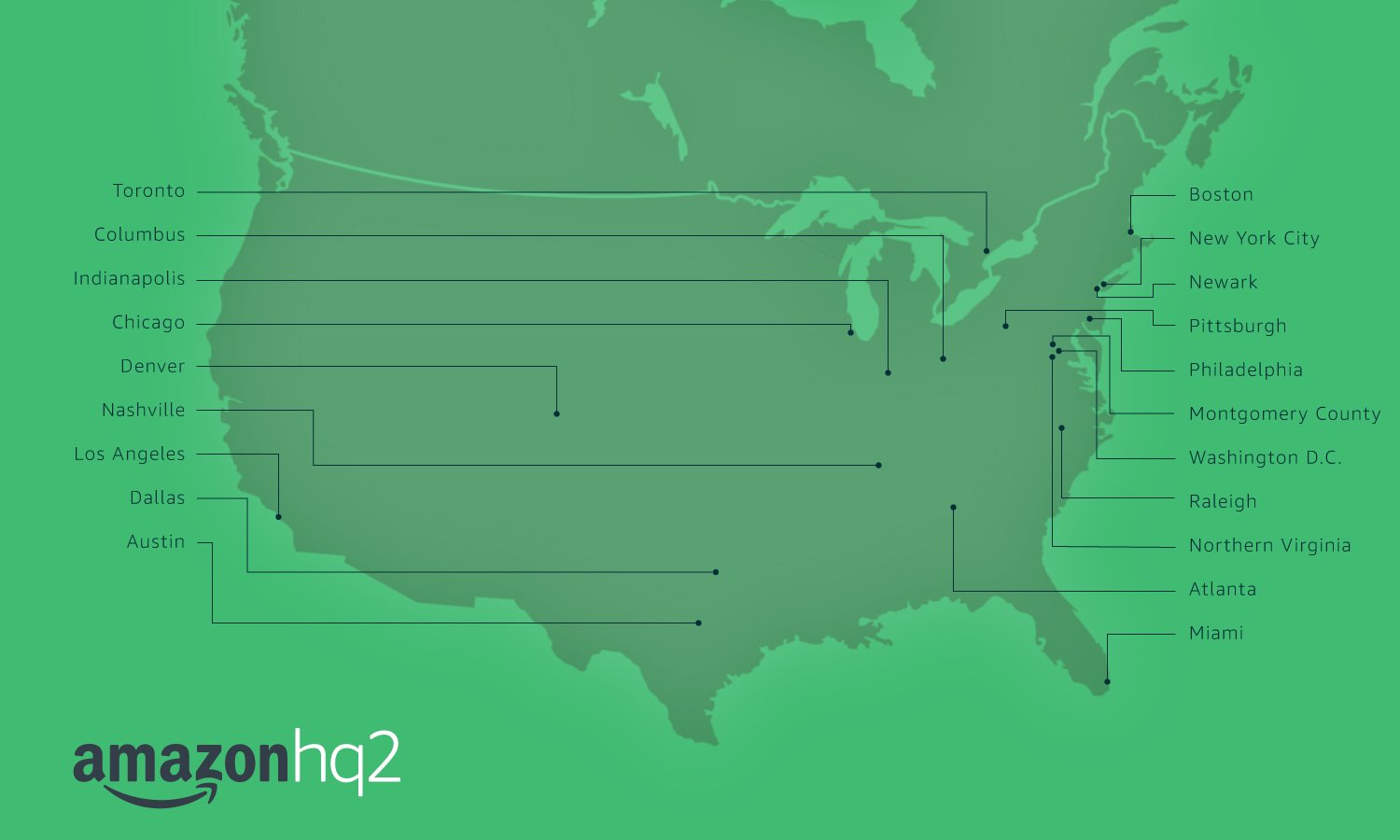Looks like Toronto’s collaborative, incentive-free strategy for courting Amazon.com Inc. paid off.
The Seattle-based tech giant, which announced that it would be soliciting bids for a second headquarters to equal its home base last September, announced Thursday that it had narrowed the list of cities it was considering from 238 applicants to a shortlist of 20 – including Toronto.
Today we are announcing the communities that will proceed to the next step in the HQ2 process. Getting from 238 to 20 was very tough – all the proposals showed tremendous enthusiasm and creativity https://t.co/x1bFYbk4Ui pic.twitter.com/J2x0HHzBTR
— Amazon News (@amazonnews) January 18, 2018
Unfortunately for the many other Canadian cities that submitted bids, the other 19 cities being considered are all in the U.S. – and none are Detroit, which submitted a collaborative bid with Windsor, Ont. – though if it’s any consolation to Vancouver, Los Angeles is the only west coast city on the list.
It’s also worth noting that not all of the candidates are large cities – in addition to expected names such as New York City and Chicago, the list includes Newark, N.J.; Montgomery County, Md.; and Raleigh, N.C.
An Amazon spokesperson told the Canadian Press that the process taught the company about several new communities across North America that it will consider as locations for future infrastructure investment and job creation.
The company plans to choose the location for its new headquarters later this year after more carefully studying the proposals from its top cities.
How Toronto made the list
Unlike many of its fellow municipalities across Canada, Toronto mayor John Tory made it clear early on that the city didn’t plan on giving Amazon incentives such as tax breaks to move its second headquarters north of the 49th parallel, instead positioning the city and its neighbouring Kitchener-Waterloo region as Canada’s economic and technology centre.
The city also collaborated with two neighbouring municipalities, Mississauga and Brampton, on its bid, which proposed 10 potential sites, including addresses in Brampton, Mississauga, and Kitchener-Waterloo, for Amazon’s future headquarters, while emphasizing factors such as a diverse population that might encourage Amazon to consider Canada in general.
Though Amazon’s cross-country competition made headlines across North America, and even received a show of support from Prime Minister Justin Trudeau, who submitted an open letter to Amazon on Canada’s behalf without naming any one city in particular, not everyone believes Canada should be jockeying for the position.
In particular, venture capitalist and Wind Mobile founder Tony Lacavera told CDN sister site ITBusiness.ca in September that he didn’t think Toronto should be competing for Amazon’s second headquarters, an opinion echoed by Ryerson DMZ executive director Abdullah Snobar, who said the city should be considering Amazon’s proposal with a more critical eye than they did.
“Toronto has the stability and government support to continue to evolve and attract tech giants like Amazon,” Snobar said in September. “However, it will take a lot of work to ensure that major corporations entering our city don’t absorb talent away from Canadian startups.”
After all, as Lacavera put it, the career path of someone hired by Amazon Canada, Facebook Canada, Microsoft Canada, or Google Canada isn’t towards a management position with Shopify, Hootsuite, or other Canadian tech darlings – it’s Amazon’s head office in Seattle, or Microsoft’s in Redmond, or Google’s or Facebook’s in Silicon Valley.
“And that is disastrous for Canada,” Lacavera said in September. “You’re not just losing great people – you’re losing the people who rise to the top of those organizations. Because it’s not like Amazon’s really going to move their head office to Canada. It’s not like Microsoft’s leaving Redmond. So the star performers that should be rising to the top in our country – the best Canadians marketers, developers, engineers – are going to end up getting pulled by a logical career path to the U.S.”



